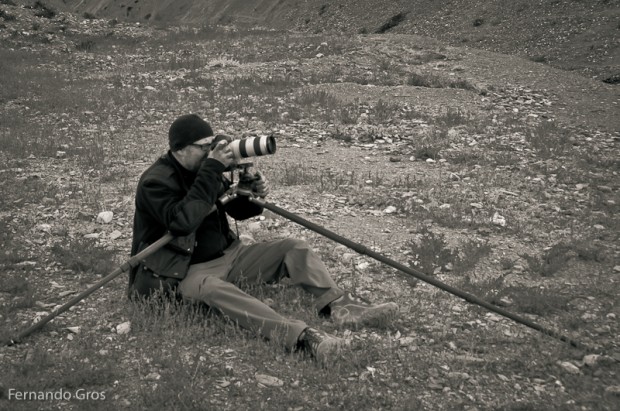Photographically Speaking
For the last few weeks I’ve been reading David duChemin’s new book Photographically Speaking. Like the other books David has released, it is a solid read, with lots to inspire and challenge photographers of all levels. That said, I’m probably the last person you want to turn to for an “objective” review. Over the last […]
For the last few weeks I’ve been reading David duChemin’s new book Photographically Speaking. Like the other books David has released, it is a solid read, with lots to inspire and challenge photographers of all levels.
That said, I’m probably the last person you want to turn to for an “objective” review. Over the last few years David has become a teacher, mentor and friend. I’ve travelled twice on photographic workshops with him and, given the chance, would do so again.
In fact, I can remember conversations we had about “visual literacy” while travelling in Ladakh where he was articulating ideas that are fleshed out in this book. And, some of the photos in Photographically Speaking were taken from locations where we shot together.

David is a great photographer, but meeting him it becomes apparent that he is also a patient, kind and passionate teacher. Of course, if you are a regular reader of his blog, you may have sensed that already.
In Photographically Speaking, David is concerned with helping photographers develop a better conversation around their images, beyond just saying, “I like it,” or “I don’t like it.” The idea is that if we are able to articulate what works and does not work in an image we will understand more clearly how to make better images ourselves.
One of the best parts of David’s workshops is the image critique sessions. Photographers are asked to share an image, without explaining it. The image has to speak for itself. Then, the fellow participants take turns talking about the photo. We start with technical stuff like how it was shot, what kind of lens/exposure/aperture, the composition, then move onto talking about mood, emotion, gesture, moment, right down to our emotional and visceral feelings about the image.
It’s amazing to see how participants who, at first, were not confident talking about photos in this way acquire self-assurance and, in turn, become more constructively critical of their own work.
My favourite part of the book was the final section, where David applies this process to a series of photos he has taken over the years and talks about how and why the images work. It’s a crucial skill for photographers; being able to think critically about the photos you take.
I heartily recommend Photographically Speaking<. It's a good compliment to David's previous books, especially Within The Frame and Vision & Voice. If you are looking to understand more about what makes a photograph compelling to look at, without getting bogged down in theory, then this is probably the book for you.





